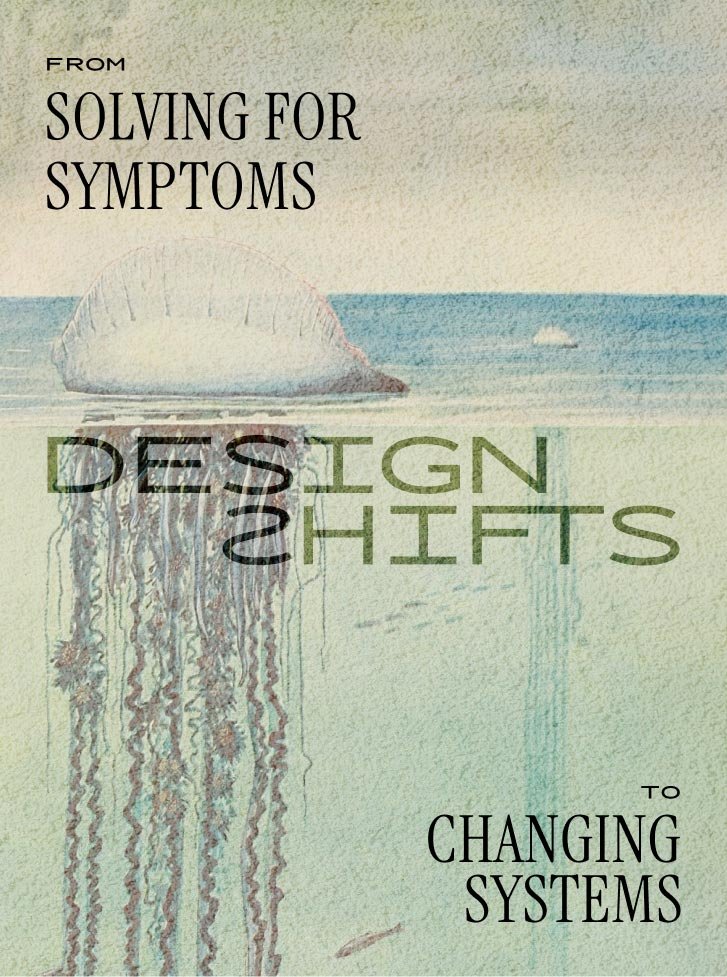DesignShift: From Solving For Symptoms to Changing Systems
“To expect ourselves to change without changing the environment in a dopamine overloaded world is to expect ourselves not to be human.”
Recently I listened to the podcast The Path to Enough where the Psychiatrist Anna Lembke discussed the addictive nature of our devices and how our behaviors are influenced by the environment we find ourselves in. As a designer passionate about designing for real human needs, this quote hit home for me.
Through our products and services, we tell people that with the right device or app, they can achieve more or become healthier and happier. However, behind our design solutions are systems that make change next to impossible. We’ve created environments where our jobs and our lives keep us inside for most of the day. We spend 8+ hours at the computer and the pace of work limits our ability to go for a walk or take a break. Yet... we design products and craft messages that tell consumers that all they need to get back in shape is a well-designed fitness tracker on their wrist.
DesignShift: What if… rather than solving for individual symptoms, we started changing the system that is actually holding us back? What if we designed environments are actually conducive to being human?

